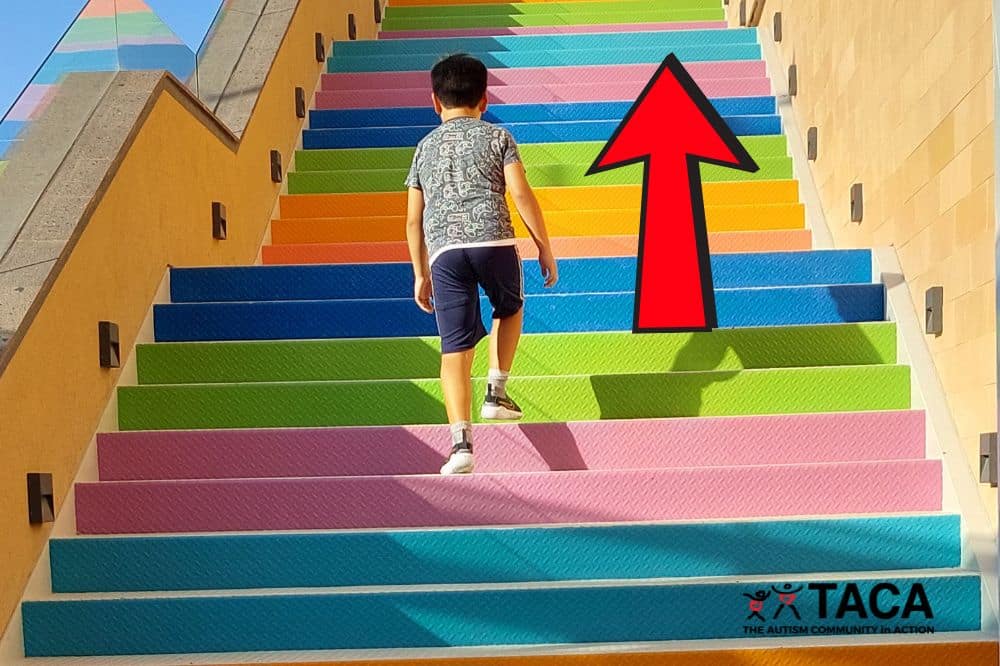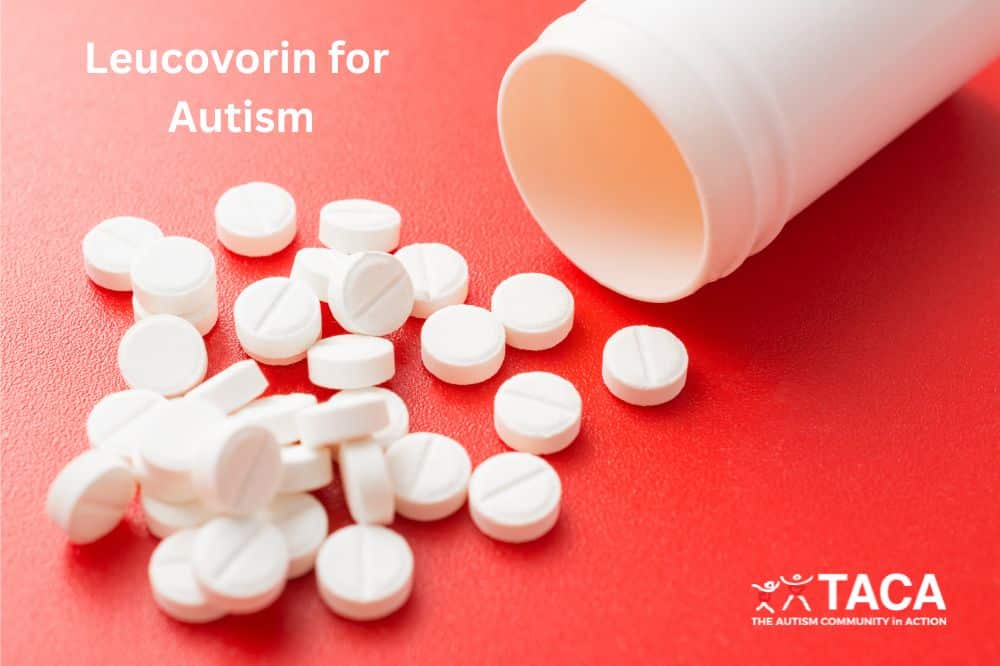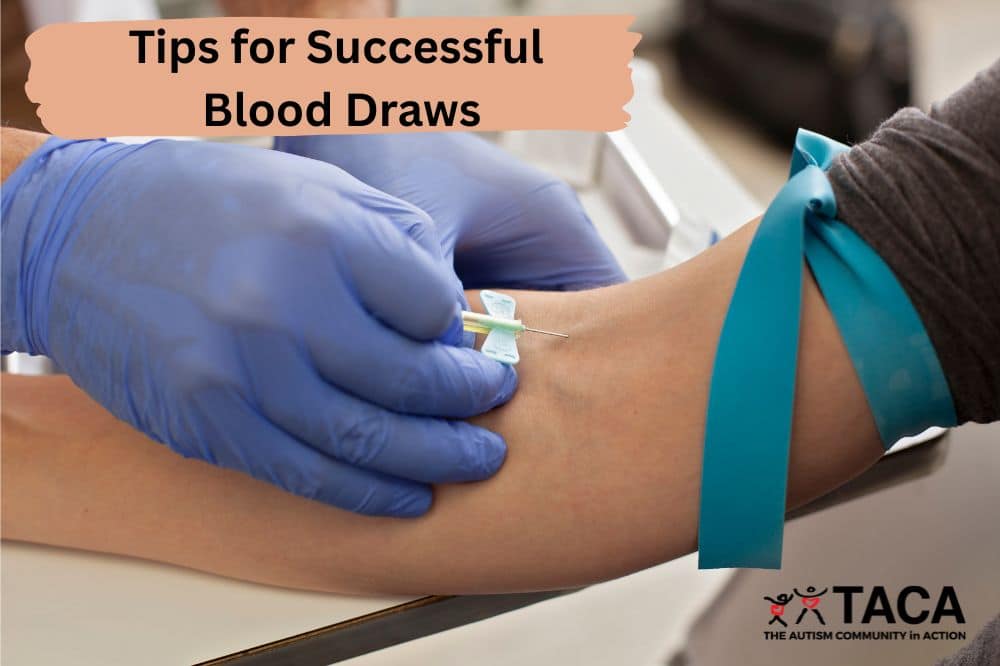Pica in Autism
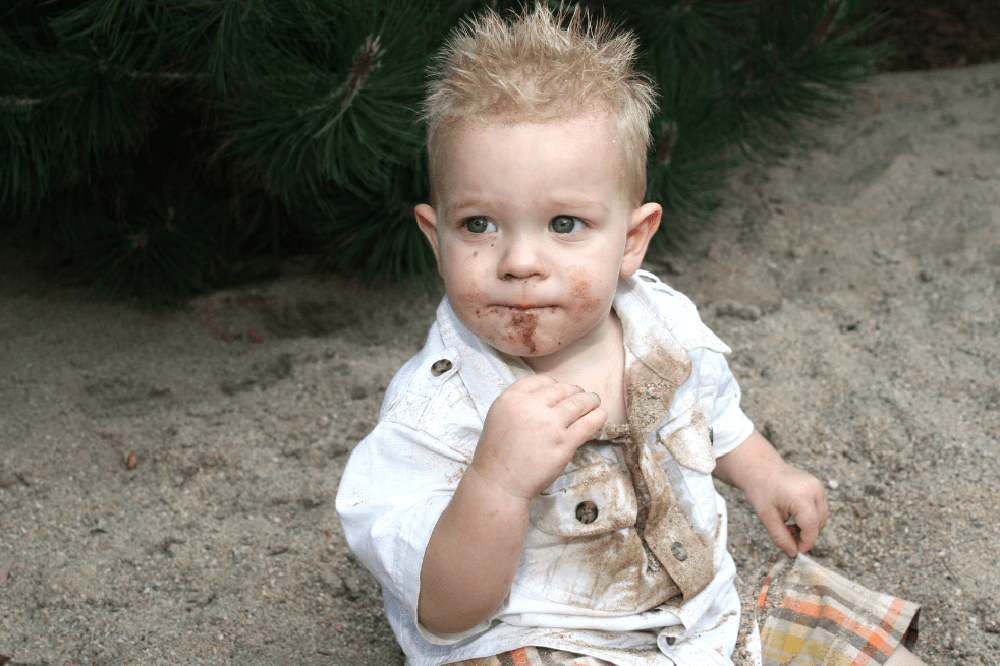
All contents of this resource were created for informational purposes only and are not intended to be a substitute for professional advice, diagnosis, or treatment. Always seek the advice of your physician, therapist, or other qualified health providers with any questions or concerns you may have.
Pica is the persistent eating or chewing of items that are not typically thought of as food and that do not contain significant nutritional value. Examples include chewing on ice, hair, dirt, paper, books, or even feces.
This behavior is quite common in kids with autism. However, it is important to try and stop this behavior as it can make our kids very sick. Obviously, it is not healthy to eat non-food items. Additionally, when pica is long term, it can result in bowel obstruction or blockages, and even toxicity. Therefore, we should investigate possible reasons for this behavior and treat accordingly.
This article will cover:
- Possible Reasons for Pica
- Potential Health Repercussions of Pica
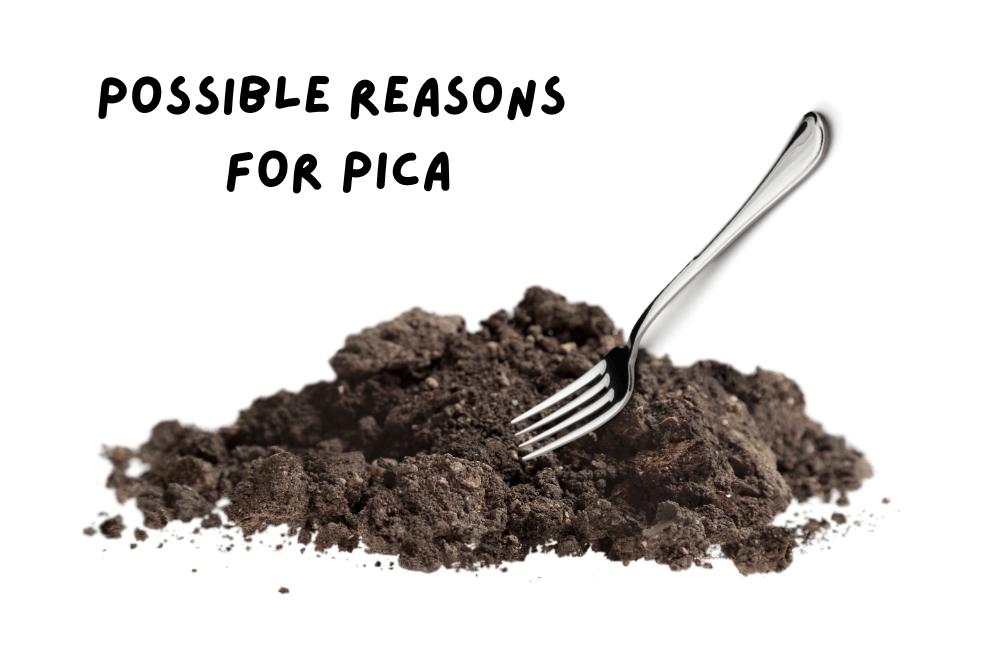
Possible Reasons for Pica
Zinc deficiency
The majority of kids with autism are zinc deficient and this can cause problems including picky eating, pica, allergies, and even immune deficiency since zinc is needed for a healthy immune system. This study shows that 57% of people with pica have low zinc blood levels. After supplementation with chelated zinc, pica stopped. When testing for zinc deficiency, always test zinc and copper together as they should have a 1:1 ratio.
Iron deficiency
Check both iron levels and ferritin (iron stores) levels. This meta-analysis of 43 studies showed Pica was associated with 2.4 times greater odds of anemia, also known as low iron. If lab testing reveals iron or ferritin deficiency, supplementing with iron can resolve the issue.
Candida (fungal) overgrowth
It has been the experience of many families that when candida overgrowth is treated, the pica stops. Read more about treating candida overgrowth in autism here.
Retained primitive reflexes
The persistence of the Moro reflex is often associated with pica, poor swallowing and speech issues. In the absence of the moro reflex being well integrated, the strong link between moving the hands and mouth together can be another trigger for compulsive eating and nail biting. Read more about Primitive Reflex Integration here.
Parasites
Parasites have one goal – to use the host’s nutrients to stay alive. Therefore, a parasitic infection may cause a person to eat nonfood items in order to sustain the infection. Checking for parasites with a functional medicine doctor is advised.
Tooth Pain
When there is tooth pain, kids with a skewed pain threshold may chew to give counter pressure and relieve pain. Likewise, pica itself can cause tooth pain as the person is chewing on non-food items and harming the teeth. Check in with a dentist to see if your child is experiencing tooth pain.
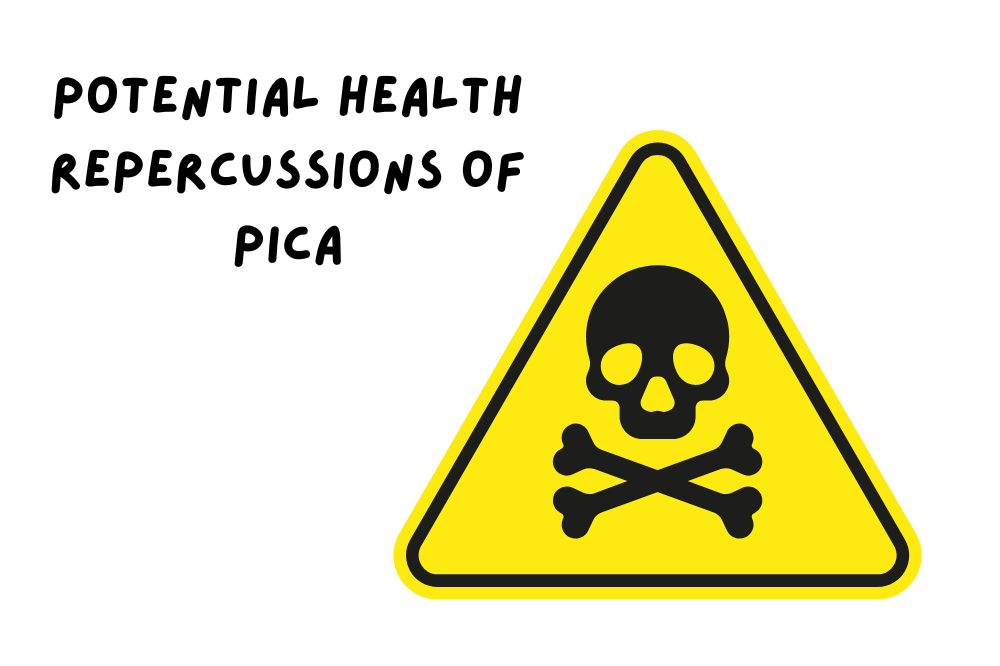
Potential Health Repercussions of Pica
There are very real medical concerns with pica as it can cause the following problems:
If there was not a parasitic infection before pica, the chances the child can get one when eating nonfood items is substantially higher.
Lead or heavy metal toxicity as a result of pica
If kids or people are putting paint chips or older toys in their mouth, subsequent lead poisoning is a possibility.
Tooth wear as a result of pica
Chewing on sand, pebbles, toys, or anything that is not a food can hurt teeth and cause pain.
Bowel Obstruction as a result of pica
When foreign bodies are ingested, they can get stuck in the GI tract and cause damage.
Conclusion
Lab testing and visiting a doctor or dentist can help isolate reasons for pica. In turn, treating the underlying medical cause behind the pica can stop the behavior and help avoid further health complications. Hopefully, this improves your child’s quality of life.


